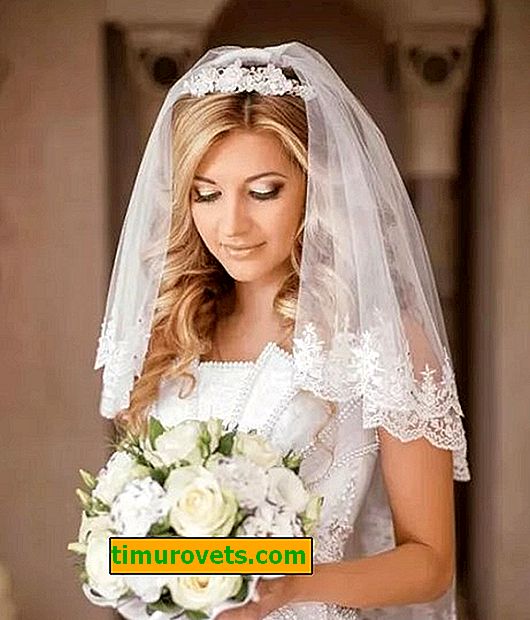Kazakh national costume is a subject of pride and originality. It reflects the features of the historical development and formation of the Kazakh nation. The outfit is at the same time simple and catchy, but it attracts the eye and causes interest around the world because of its incredible patterns, murals and fabric materials.
Where did it come from?

Features of the national costume of the Kazakhs
At all times, Kazakh clothes were distinguished by an abundance of decorative elements, embroideries, borders. This is no accident, because they believed that the patterns protect the body and mind from evil spirits.
What materials is it sewn from?

The famous "Silk Road" passed through the territory of modern Kazakhstan, so the inhabitants began to be supplied with silk, velvet, brocade and satin fabrics. However, only large feudal lords could buy such materials from foreign traders. Therefore, by the appearance of the fabric, it was fashionable to judge the financial situation of the owner of the suit.
In 12 - 13 centuries, costumes are made from:
- thin cotton fabrics such as chintz, calico or calico;
- Central Asian tissues: bekasab, mata, adras;
- velvet
- silk or brocade;
- atlas.
Traditional colors in costume
One of the main features of the Kazakh costume is the richness and brightness of the flowers . The clothes of the following colors testify to the wealth of the family:

- green
- blue;
- of gold.
Moreover, the shades of these colors can vary and are used both for making costumes for both women and men.
The characteristic features of the Kazakh costume
Male and female costumes have both similarities and differences. As for the general, then:

- outerwear, on the contrary, is quite wide and oar, and it is always wraparound only on the left side;
- both men and women wear high hats. For all, they are whenever possible adorned with jewelry, patterned embroidery and even feathers;
- embroidery on a suit is a national element made using the technique of woven embroidery.
About men's suit
If you turn to a set of traditional men's clothing, then usually it consists of a light shirt, trousers, harem pants, a dressing gown on the belt, boots and a headdress. A bathrobe is usually the clothing of the poorer sections of the population. Wealthy people preferred camisoles made of rich fabrics.
About women's costume
At first, the women's traditional costume differed only in the bottom - a swinging wide skirt . The fact is that before women, like men, rode horses. Over time, the costume changed, and its basis was a fitted dress with a flared skirt. In the cold season, a dressing gown with a warm wool lining or a fur coat was added to the image. From the Türks, Kazakh women received a headdress with or without a fur edge.
Children's costumes for boys

Wedding national costume
The wedding image of a Kazakh girl is an example of the use of the best fabrics and materials, the richest jewelry and accessories. The dress has a fitted silhouette, but a particularly lush skirt and is sewn from satin, organza or silk . As for the color of the dress, he was chosen for a reason:

- The blue outfit is a symbol of purity, purity and endless family warmth.
A camisole or a dressing gown embroidered with magnificent patterns was put on over the dressing gown to match the main dress. Later this tradition has exhausted itself, but some girls still wear it at the wedding.
The heart of the whole wedding costumes of the bride is her headdress - saukele. It is a cone-shaped hat, which is decorated with precious stones, fur, patterns, possibly a veil.
This splendor began to be made long before the wedding ceremony, because it was part of the dowry and an indicator of wealth and wealth.
Jewelry, belts, hats and shoes

There are a great many decorative or precious elements in a suit . It can be earrings, rings, bracelets and necklaces, belts with plaques or buckles of various shapes. They were made of various materials depending on the material situation of the owner: copper, silver or gold, ordinary metal.
Headgear is a unique element of the Kazakh costume. They were very different:

- for men - a skullcap, a felt high hat with fields bent upwards or a fur hat made of a sheep or a fox.
Shoes are high, wide boots, which are convenient to fill trousers with. They practically did not differ for the male and female representatives . The only thing, the boots for the girls were embroidered much more richly. They could also be decorated with leather appliqués. Summer shoes featured a beautiful curved toe and the presence of a heel.
Modern Kazakh girl costume













